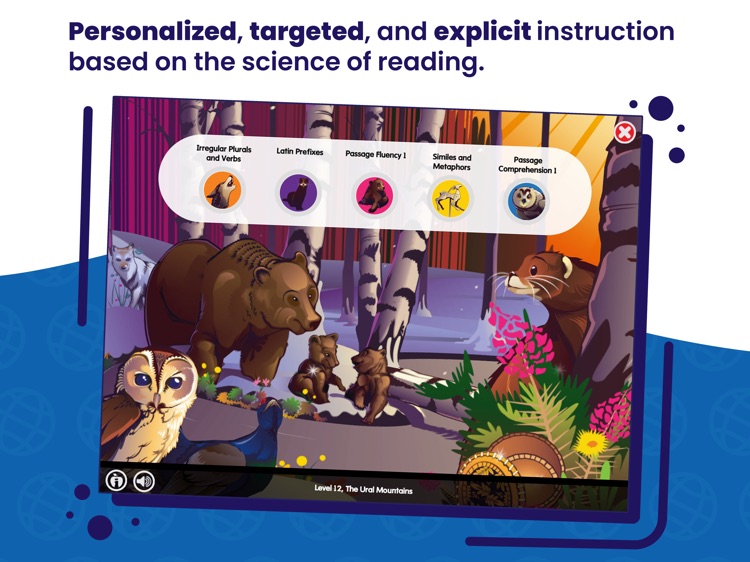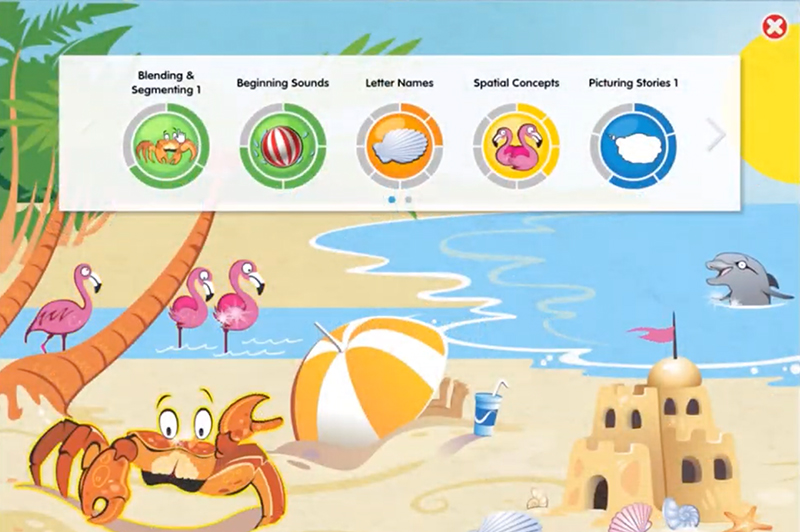How Many Levels Are There In Lexia Core 5

For countless elementary school students, the name Lexia Core5 Reading is synonymous with literacy development. However, navigating this widely-used program raises a fundamental question for parents, educators, and even the students themselves: How many levels are there in Lexia Core5, and what does progression through these levels truly signify?
Uncertainty surrounding the specific number of levels within Lexia Core5 Reading often leads to confusion. The program's adaptive nature, designed to personalize the learning experience, means that students progress at different rates, potentially masking the overall structure. This article delves into the confirmed number of levels, the skill sets associated with each, and the implications for student learning, drawing on official statements and educational data to provide a comprehensive understanding.
The Core Structure: Levels in Lexia Core5
Officially, Lexia Core5 Reading comprises 18 levels. These levels are carefully sequenced, building upon foundational reading skills to promote mastery. Students advance through these levels by demonstrating proficiency in targeted areas.
Each level focuses on specific literacy skills. These skills include phonological awareness, phonics, structural analysis, fluency, vocabulary, and comprehension.
It's crucial to understand that the number of levels completed isn't the sole indicator of reading ability. Proficiency in each level is the true measure of progress.
Skills Development Across Levels
The early levels of Lexia Core5 lay the groundwork for reading success. They heavily emphasize phonological awareness. This focuses on the sounds within words and phonics, the relationship between letters and sounds.
As students progress, the focus shifts to more complex skills. Structural analysis is introduced, enabling them to break down words into their component parts, such as prefixes, suffixes, and roots.
Later levels concentrate on building reading fluency and expanding vocabulary. Comprehension strategies are also developed at advanced stages to understand the true meaning of the texts.
A Detailed Look at Skill Sets
To understand the scope of each level, we must look at each domain. Level 1 often tackles basic letter sounds and rhyming words. This builds a foundation for decoding.
Levels 5-8 might introduce digraphs (two letters representing one sound) and blends. Students begin reading simple sentences and short texts.
The higher levels from 12 to 18 focus on more advanced concepts. These include understanding figurative language, identifying the main idea, and making inferences from complex texts.
The Adaptive Learning Component
Lexia Core5's adaptive learning mechanism customizes the learning path. It analyzes student performance in real-time.
Based on this analysis, it adjusts the difficulty of the activities. Students may spend more time on areas where they struggle, while moving quickly through concepts they've already mastered.
This personalized approach is key to the program's success. It allows each child to progress at their own pace.
Interpreting Progress and Performance
Parents and educators often seek clear metrics of student performance. While the number of levels completed provides some insight, it shouldn't be the only measure considered.
Lexia provides detailed reports tracking skill mastery. These reports offer a more complete picture of a student's strengths and areas for improvement.
Focus should be on how well a student understands concepts within each domain. Don't only focus on the level achieved.
"The focus should not be solely on rushing through levels, but on ensuring a deep understanding of the skills taught at each stage." - A Lexia Education Representative.
The Role of Educators and Parents
Educators play a crucial role in facilitating learning through Lexia Core5. They provide guidance and support to students as they navigate the program.
Teachers can use Lexia's data to inform their instruction. This allows them to address specific learning gaps identified by the program.
Parents can also support their children's learning. They can create a positive environment for practicing reading at home.
Beyond Lexia: A Holistic Approach to Literacy
Lexia Core5 Reading is a powerful tool. However, it's most effective when combined with a broader literacy program.
Encouraging independent reading and providing access to a wide range of books is vital. This helps foster a love of reading.
Supplementing Lexia with other reading activities can help students reinforce and expand their skills. This provides a well-rounded literacy education.
Looking Ahead: The Future of Literacy Programs
Literacy programs are constantly evolving. They adapt to new research and technological advancements.
Expect to see continued refinement in adaptive learning technologies. This includes even more personalized learning experiences in the future.
Ultimately, the goal of these programs is to equip all students with the skills they need to succeed. This is the main purpose of Lexia and other programs.
Understanding the structure and purpose of Lexia Core5 Reading is key to maximizing its potential. While the 18 levels provide a roadmap, the journey through each level, guided by adaptive technology and supported by educators and parents, is what truly unlocks a child's reading ability and inspires a lifelong love of learning.


















